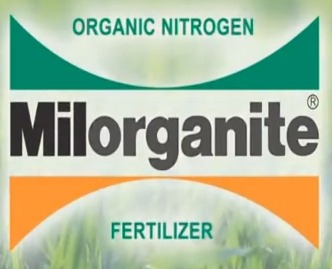Potatos in Containers
|
Since I have so many potatos planted in the ground, in 'traditional' hills, this year I decided I was going to go ahead and try an alternative method of planting, as well ,since I have a massive number of additional sprouted spuds from last year. I've see quite a few different alternatives proposed over the past few years: planting in old auto/truck tires, planting in boxes, in bags and in buckets. Currently my 'main-crop' potatos are done in raised beds... basicly a low potato box. I've tried them in tires, with disappointing results! So... this year I decided to plant my excess starts in buckets. At the bottom of this box I'll be putting a couple/three links to YouTube videos that I used as a starting point. The fellows in the videos are from England, so I don't have access to the 30 Liter pots he refers to. I've substituted 15"x15" tree ball pots that I can get from the local nursury. They are roughly the same size - about 6 gallons. He used a fertilizer mix that is a blood, bone and fish based 'general' garden mix. Again that is not available in my area so I made up my own... 1 bag Blood meal, 1 bag Bone meal and 1 bag 'Marine Cuisine' For the Compost portion I used composted leaves from my local Recycling Center which I screened. I get these by the trailer load from there, for free! I did up 10 buckets using Milorganite fertilizer as 'Controls' and another 12 using the home-brew mix.
Allotment Diary : How I plant / grow my Container grown Potatoes 2013 Potato Reveal 9 Sarpo Mira, Sept 21
|
| Fertilizer Components | |||||||||||||||||||||||||
|
Blood Meal 12-0-0 (N-P-K) 12% NItrogen (derived from Porcine blood) |
|
||||||||||||||||||||||||
|
Bone Meal 4-12-0 (N-P-K) 4% Nitrogen 12% Phosporus |
|
||||||||||||||||||||||||
|
Marine Cuisine 10-7-7 (N-P-K) 10% Nitrogen 7% Phosporus 7% Potassium
|
|
||||||||||||||||||||||||
|
My Mixed up 'General' Fertilizer' |
|
||||||||||||||||||||||||
Milorganite
|
 |
||||||||||||||||||||||||
| Prepping the Compost | |
| Raw Compost from
Recycling (Sticks, stones and trash - no extra charge) |
|
|
Compost Screen 2"x3" frame with 1/4" galvanized mesh/screen tacked on. |
|
|
Screened Compost |
|
| Potting up the Sets | ||
| |
|
|
| Put 3" Screened Compost in pot |
|
|
| Mix 4 oz Fertilizer with compost |
|
|
| Insert Potato Sets
into bottom layer and cover with another 2-3" compost. |
|
|
| Five of 22 containers done! |
|
|
| Bed prepped for containers |
|
|
| 10 containers, lined up to be inserted into 2" holes. |
|
|
| Buckets in ground with dirt banked up around them. |
|
|
| Straw mulch surrounding the buckets to keep moisture in place. |
|
|
| All done and ready for watering! |
|
|
|
When the stems protrude 3-4" out of the compost add more compost till only the top of the leaves are exposed. Stop adding compost when you reach the top of the bucket. At this point,
continue watering until the plants 'die back' - are ready to harvest. |
||